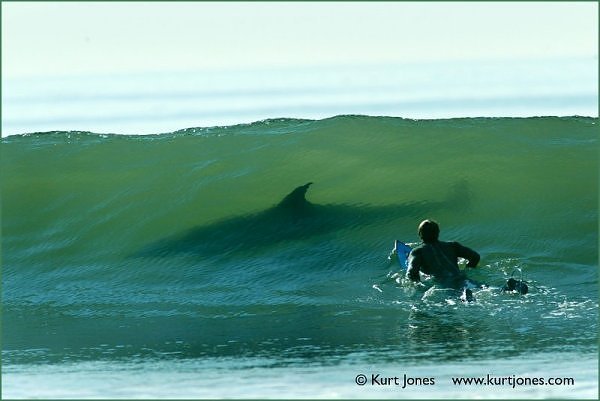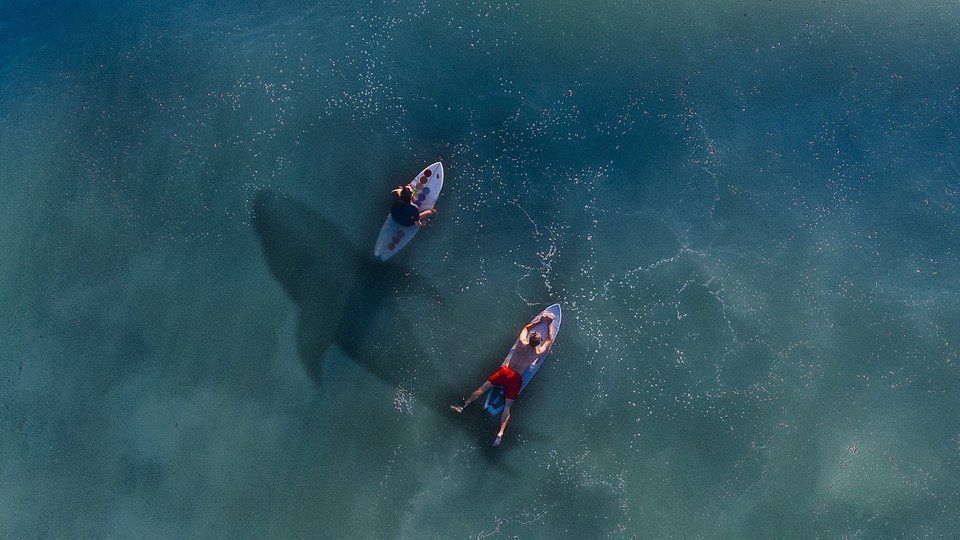Under the ocean’s surface, traveling as much as 4,000 km per year and eating about 30 kg of fish every fortnight, is the water’s most notorious predator; the great white shark. Majestic in appearance with a 400-million-year history, a shark must keep swimming, or it will sink. But with attacks on humans not just a concern but a reality, culling techniques are being used to stop these creatures dead in their tracks.
Reducing the number of shark attacks is the goal we all share, but still, the surfing community has never been so divided over an endless debate: To cull, or not to cull.
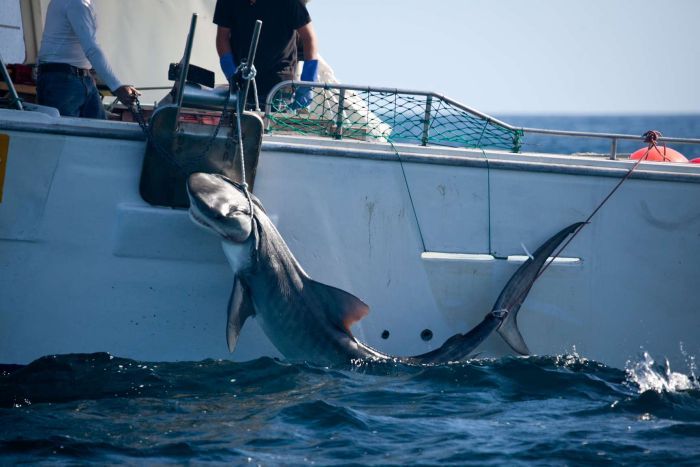
Considering there are millions of people occupying the world’s beaches each day, attacks on humans are incredibly low (88 unprovoked attacks in 2017 – 5 were fatal). The International Shark Attack File, the world’s authority on human-shark interactions, shows shark attacks and fatality rates have gradually reduced thanks to advances in beach safety, medical treatment and public awareness.
In 2009, a shark in Sydney’s Avalon Beach mauled 15-year-old Andrew Lindop. His Dad and local lifesaver Charles Lindop bolted out on his board to save the young victim. Quick thinking, a tonne of courage and expert wound dressings allowed Andrew not only to survive but to laugh about the ordeal while being patched up on the sand. Legends like his Dad Charles are reducing fatalities, as lifesaving education (and pure courage) continues to grow.
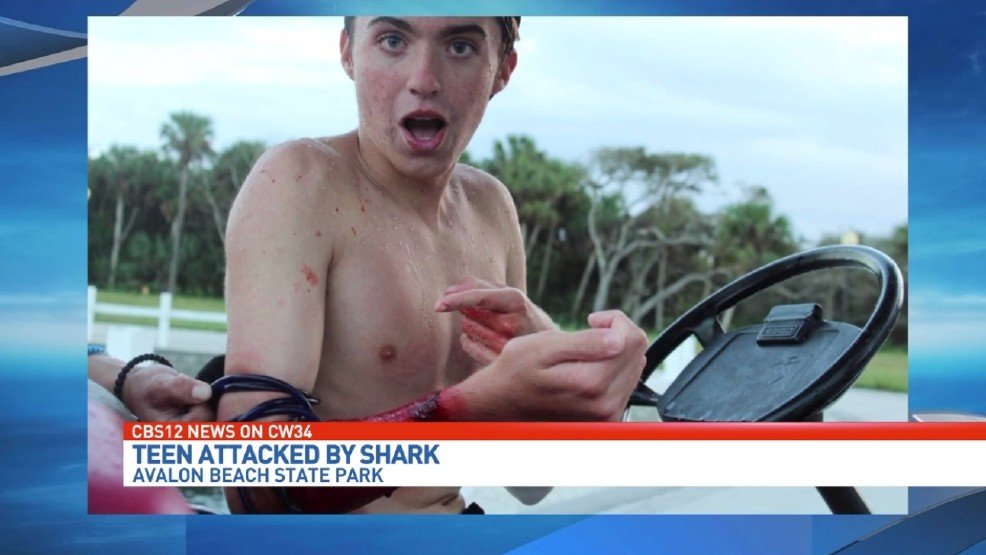
Australia has been copping the brunt of the world’s great white shark attacks, recording 14 incidences in 2017 and one fatality. But encounters between sharks and humans in Australia have increased only slightly between 1997 and 2017 (fatalities increased by 0.07%) while the human population Down Under has exploded 33% over the two decades. Anyone skilled in basic arithmetic would expect the attacks to rise in line with population growth – so there must be more to it.
Here’s what will frustrate many campaigners for culling: Research doesn’t point to shark populations rising. In fact, there’s evidence to suggest that numbers could actually be dropping. Adult white shark populations in Australia’s south west are growing at a rate of -0.03% according to CSIRO studies. Overfishing and pollution can be blamed for the vulnerable species disappearing – or thanked, depending on perspective.
So, with our environmentally unfriendly processes doing a lot of the work to reduce shark numbers anyway, the call for structured culling programs could be a weak one. There is a push by marine science departments to conserve these animals, and their habitats, so that their species’ won’t see demise.
Commercial fishermen and believers of growing white shark populations disagree though and are loudly calling for the extermination of the predators.
But how much of an impact would a cull have anyway?
“Just kill the damn sharks!”
This is the initial reaction after an attack. Many people understandably want a quick solution to a complicated problem. It seems like a straightforward equation: fewer sharks means fewer attacks – simple! But history will show it’s not the case.
In 1959, Hawaii went on a 17-year shark-killing spree, wiping out almost 5,000 of the apex predators. The number of attacks stayed the same. In Western Australia, baited drum lines were installed in an attempt to reduce the number of attacks from great whites. They didn’t hook a single one but instead knocked out 68 tiger sharks – a near threatened species that hadn’t bitten anyone in Australia since 1929.
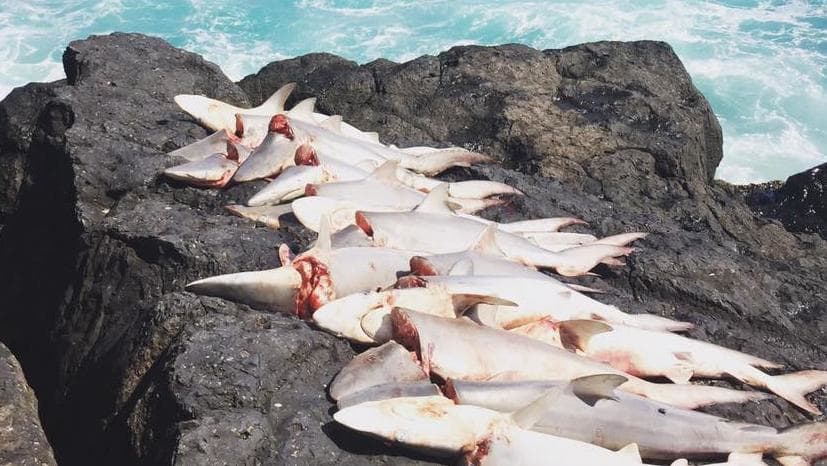
There are calls to hunt and destroy the culprit of a fatal shark attack immediately after one occurs. But scientists feel there’s more to the culling approach, which echoes the barbaric sentiments of “an eye for an eye.” Can we track down and even kill these offending sharks?
“There is virtually no chance,” says curator of the International Shark Attack File, George Burgess, in his response to Kelly Slater and Jeremy Flores call for aggressive shark culling around Reunion Island. “Sharks are low-density, highly migratory animals that readily recolonize areas denuded of their kind, rendering any attempt to cull an ineffective strategy.”
Burgess agrees that bull, tiger and great white sharks are moving closely around Reunion Island and many similar waters, but he says the spikes in bona fide attacks aren’t owed to any changes in the sharks’ environment. But they are directly linked to a huge burst of tourism in the area and the mass uptake of surfing as a sport in the last 30 years.
Since culling isn’t really the answer, other solutions might are. But of course, they all come with their own set of pros and cons.
Related article: Localism & Surfing’s Tragedy of the Commons
Apps
Apps like Dorsal App in Australia and SharkMate in the US have been created to deepen the awareness of beachgoers. Sightings and attacks are reported and alerted in quick time. Apps do help when making a decision whether or not to surf, but once a surfer is in the water, they’re on their own.
Repellents
A range of commercial products is available for surfers to stick on their gear. Shark shields are among the most popular, with many studies showing their effectiveness (in “most” situations).
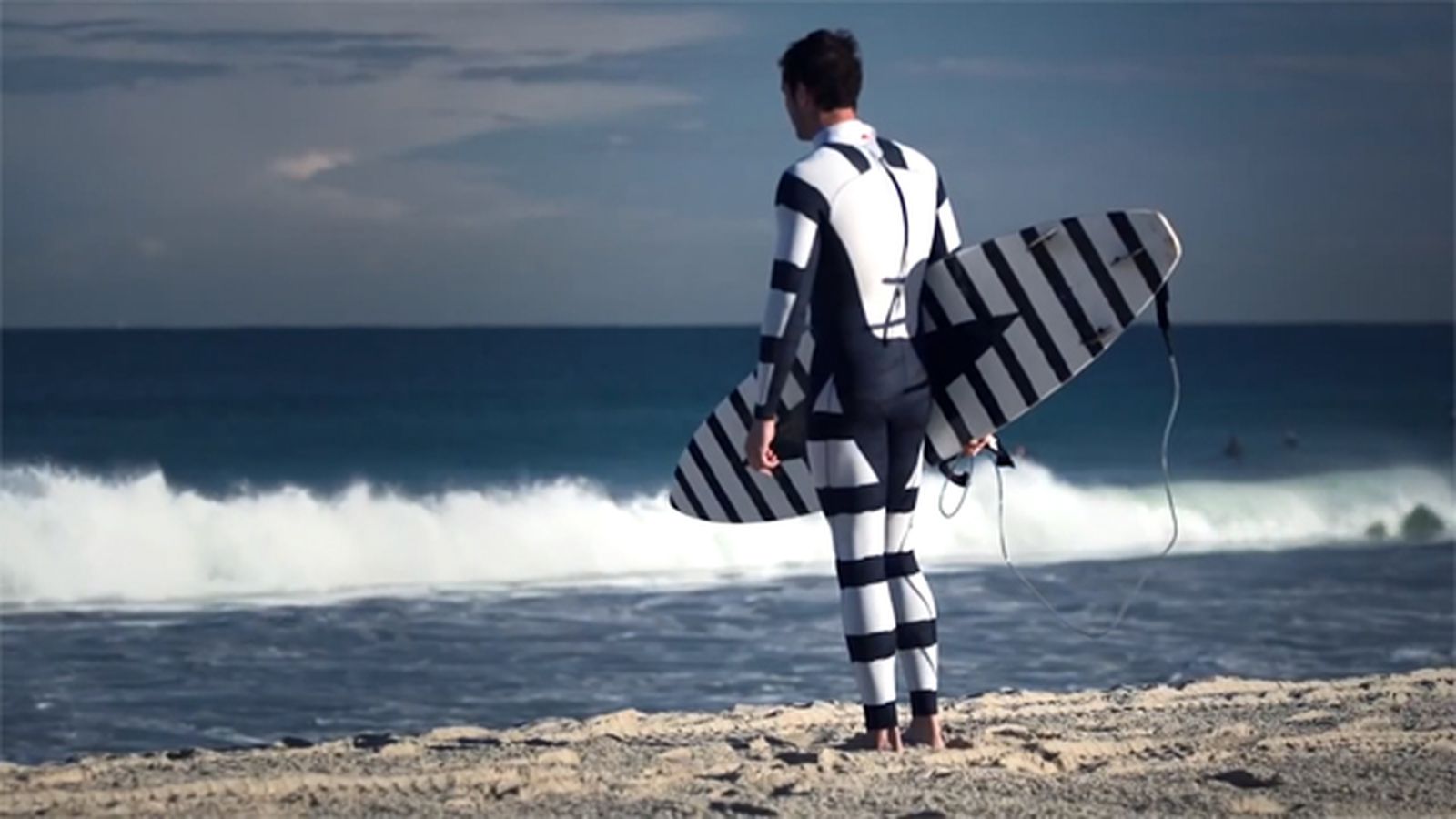
Sonar technology
Marine sonar devices known as Clever Buoys can detect all varieties of marine life over two meters long, using body movements to identify their species. It’s still in its trial phase, but thankfully the technology at our disposal is being put to use.
Surfing where it’s safe
No part of the ocean should be considered zero-risk, but there are a bunch of destinations that have incredibly high comfort levels. The Maldives is a safe haven from aggressive sharks, with no incidences in recorded history. Bali shares a similar comfort rating (both with the perk of incredible surf).
Reducing shark attacks is a focus for all who care for the ocean and its visitors. But for measures to be effective, it’s imperative that the impacts and the subjects are well researched. Further study is needed in shark migration patterns, population growth, deterrents and repellents, food supply and what we can do to protect ourselves in – and reduce harm to – our adored ocean playground.
